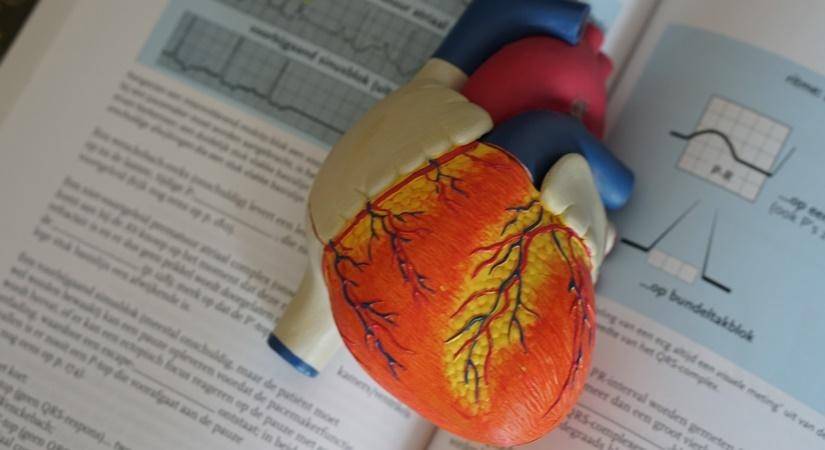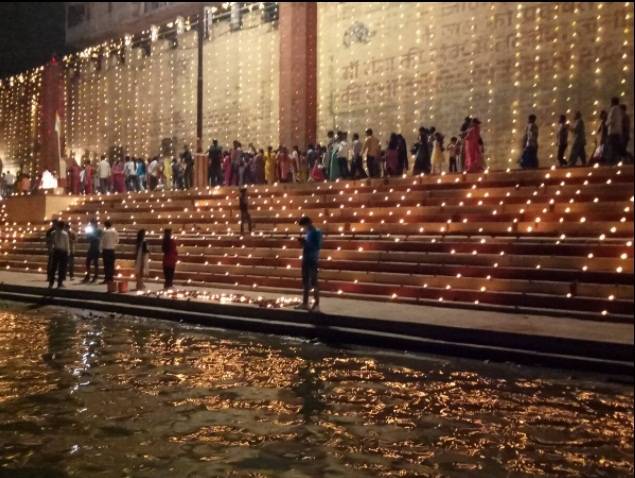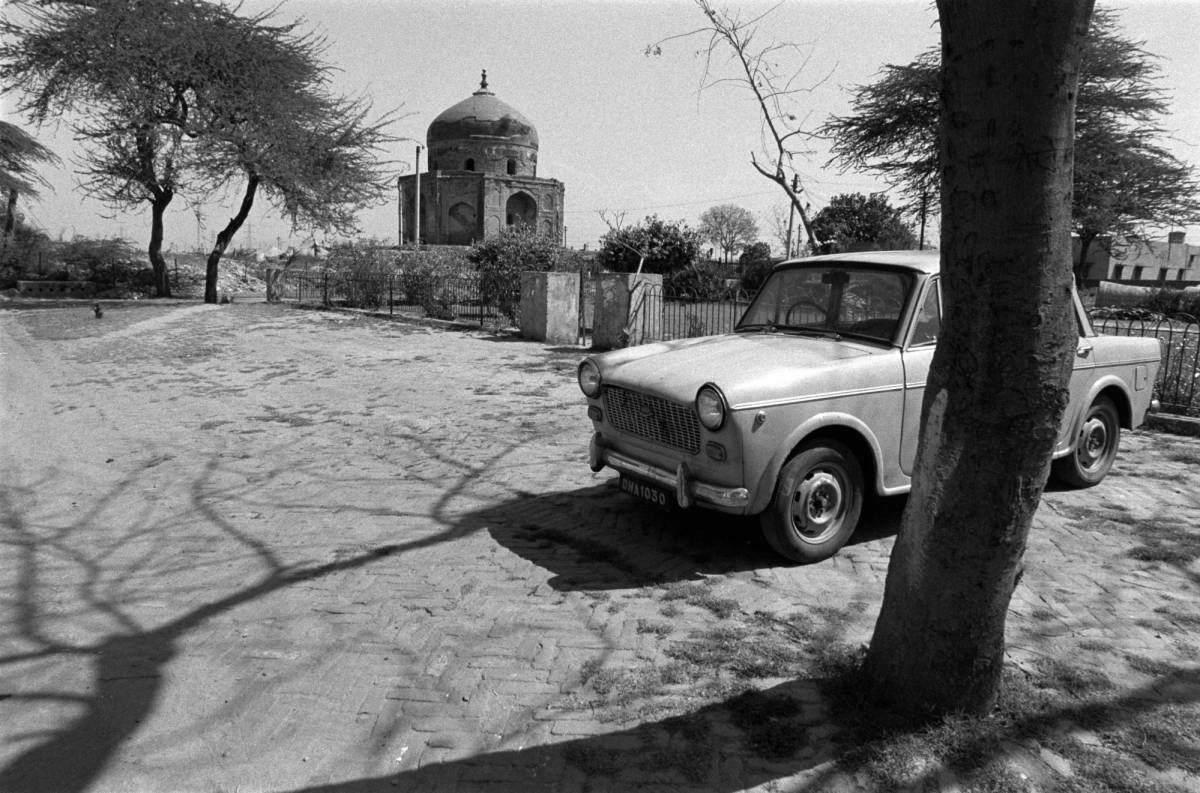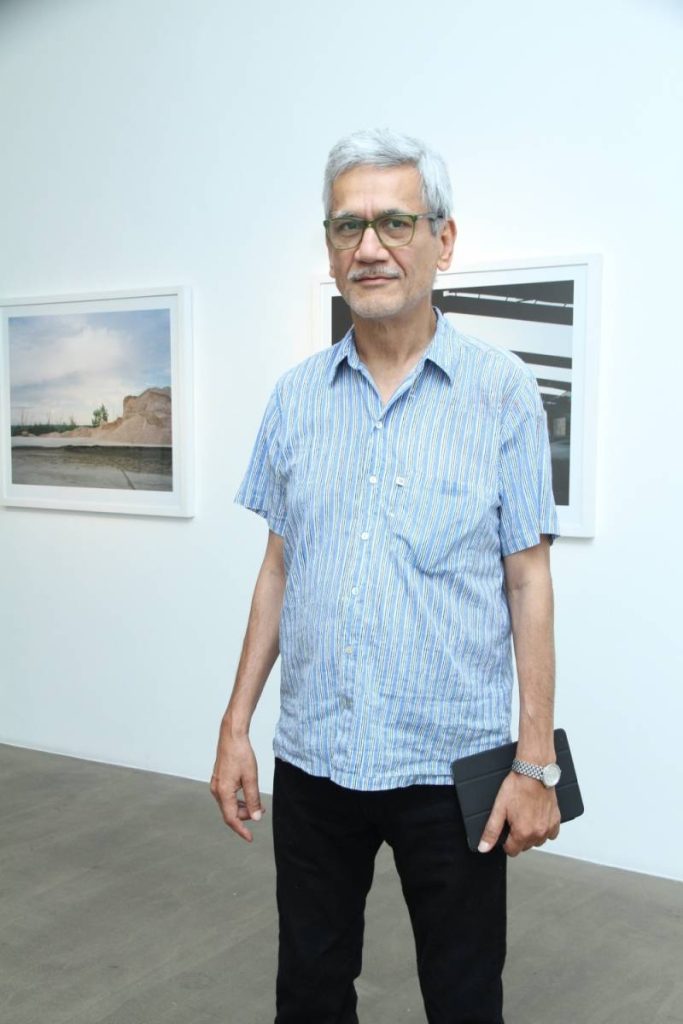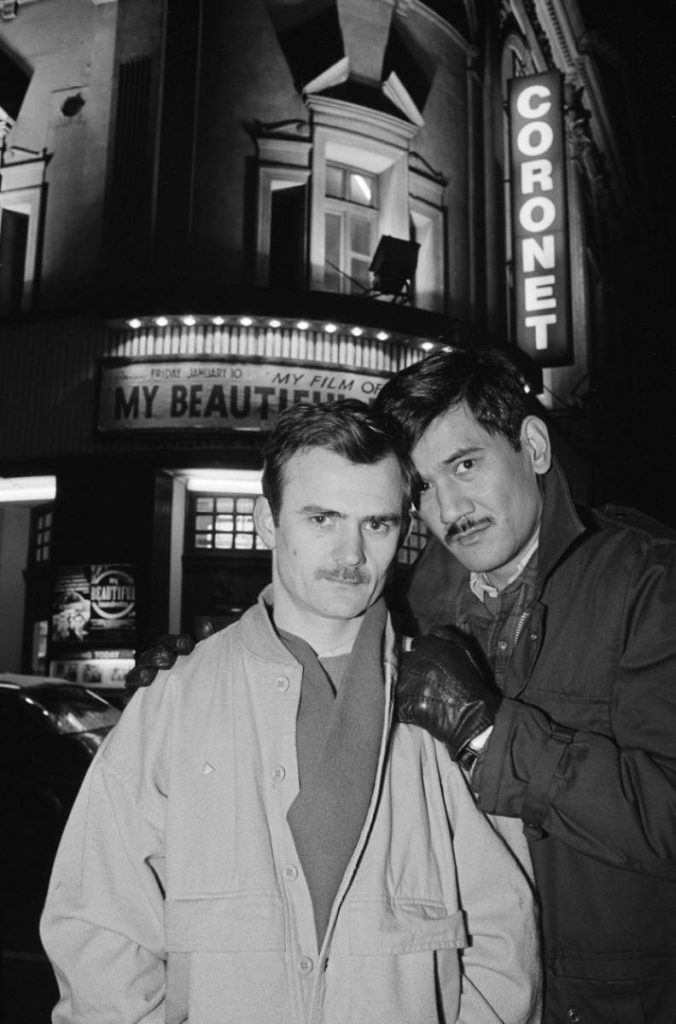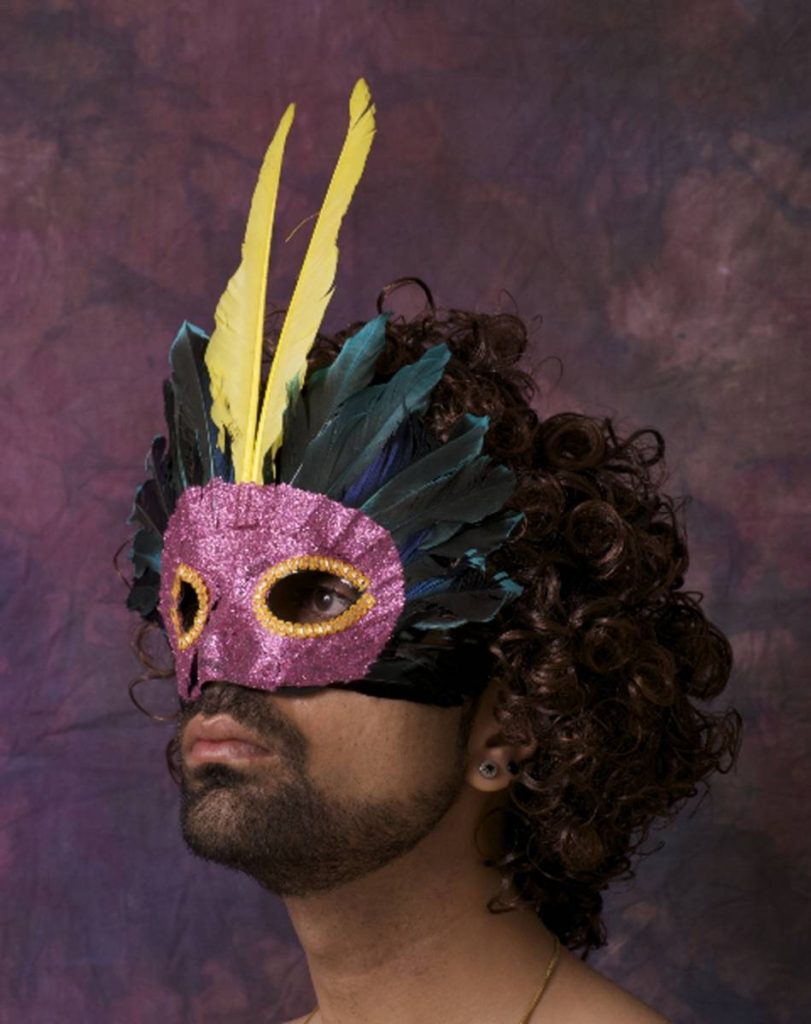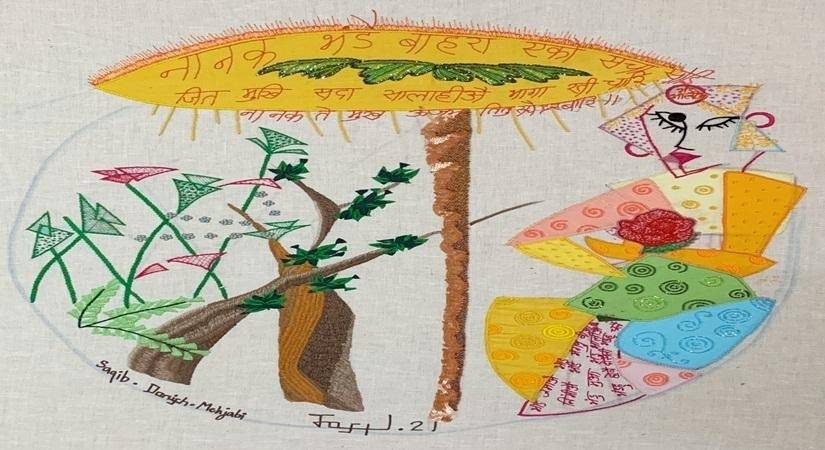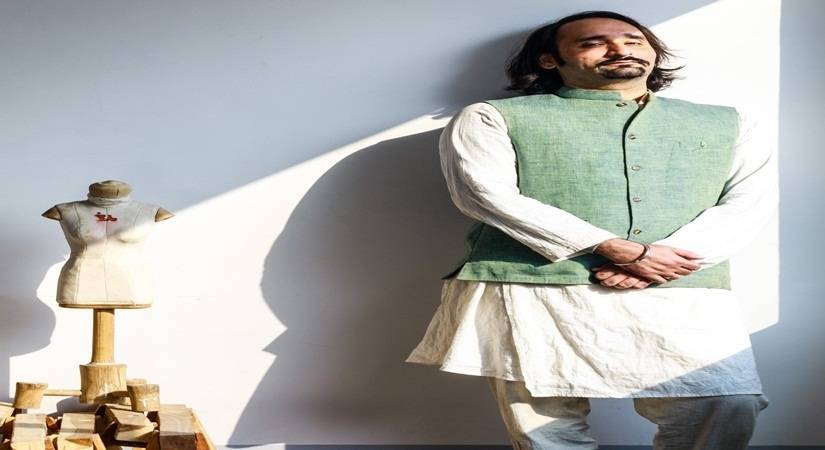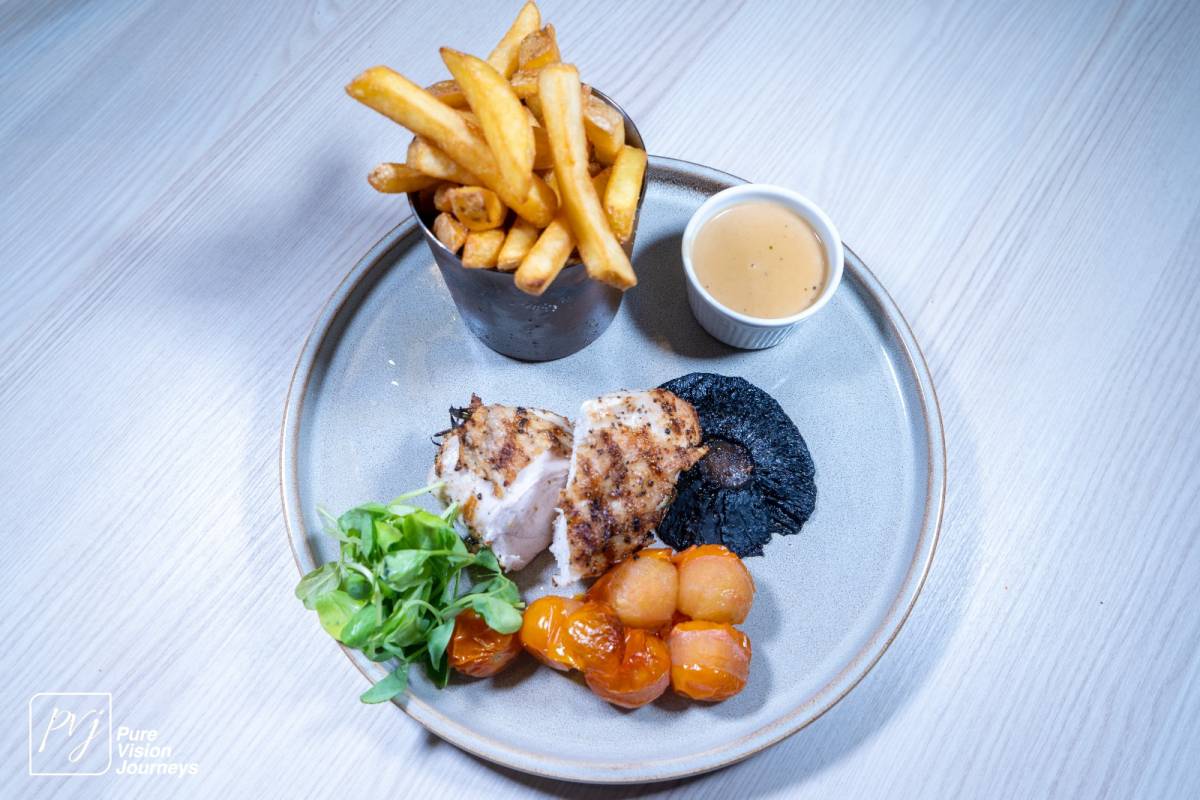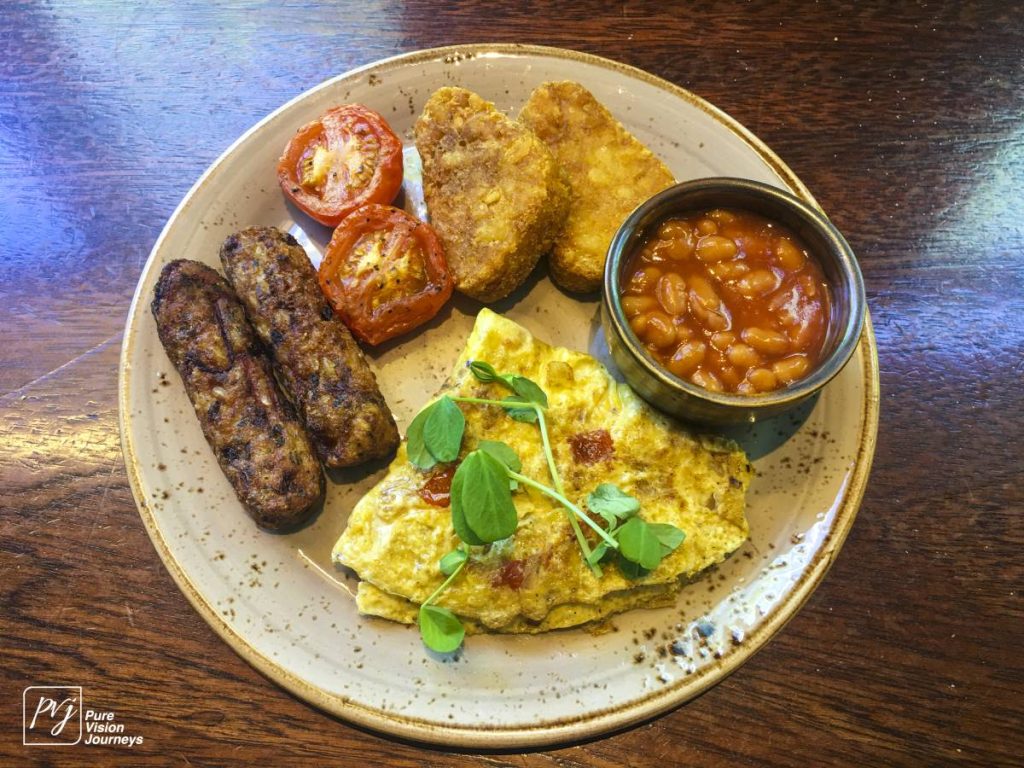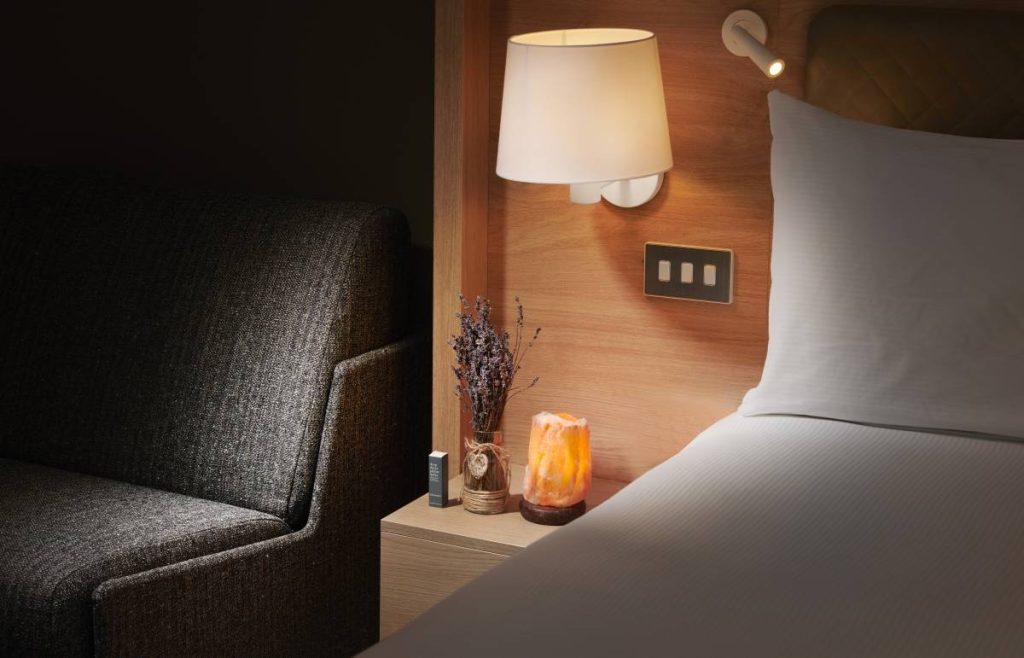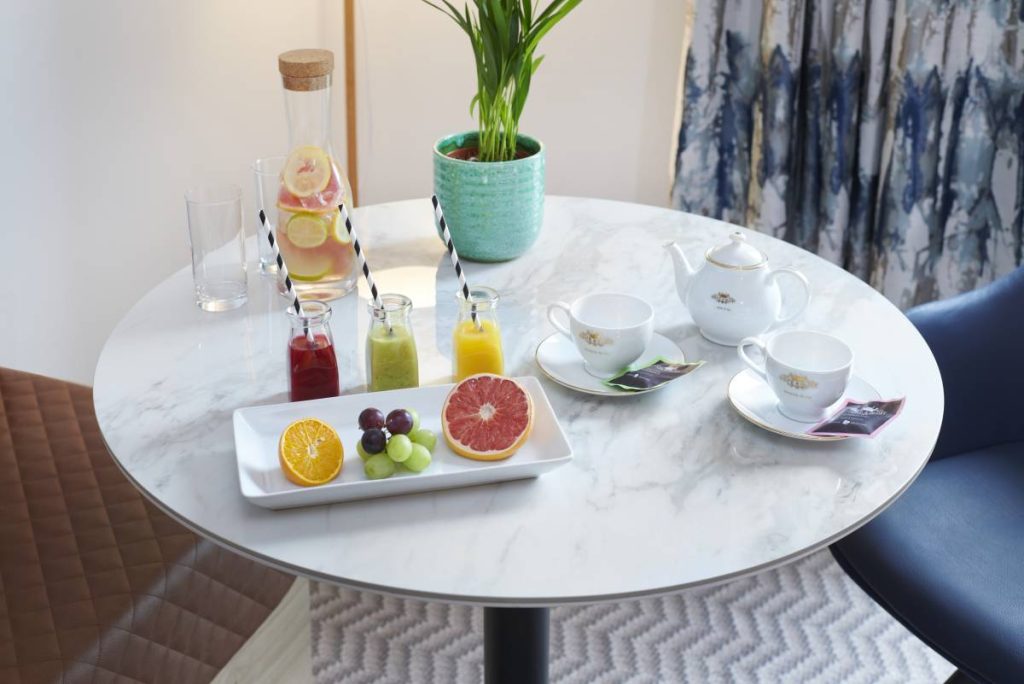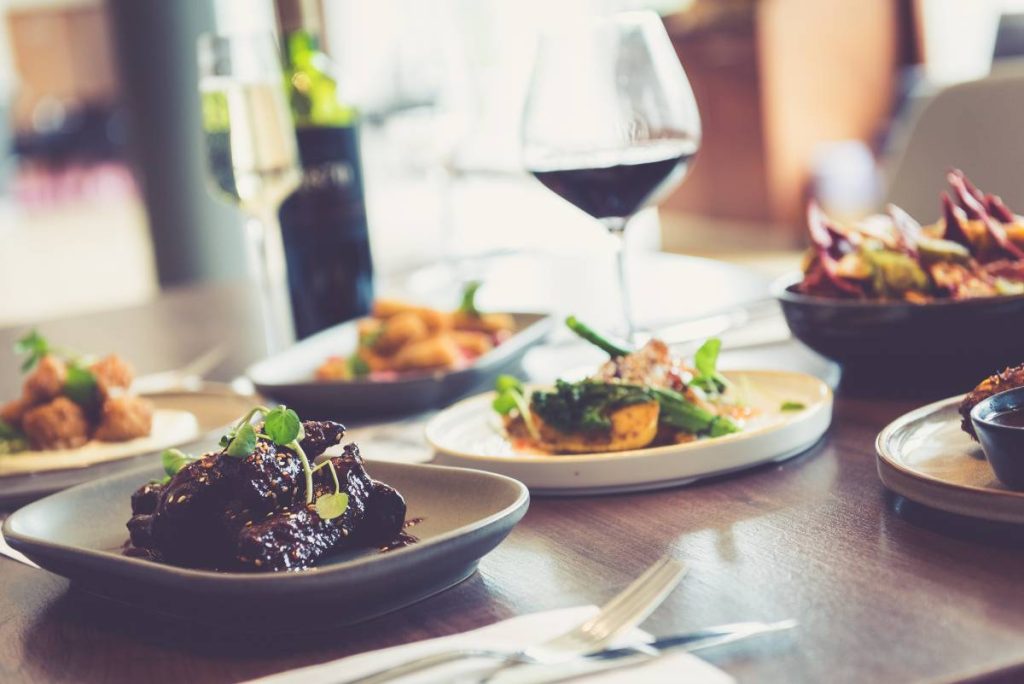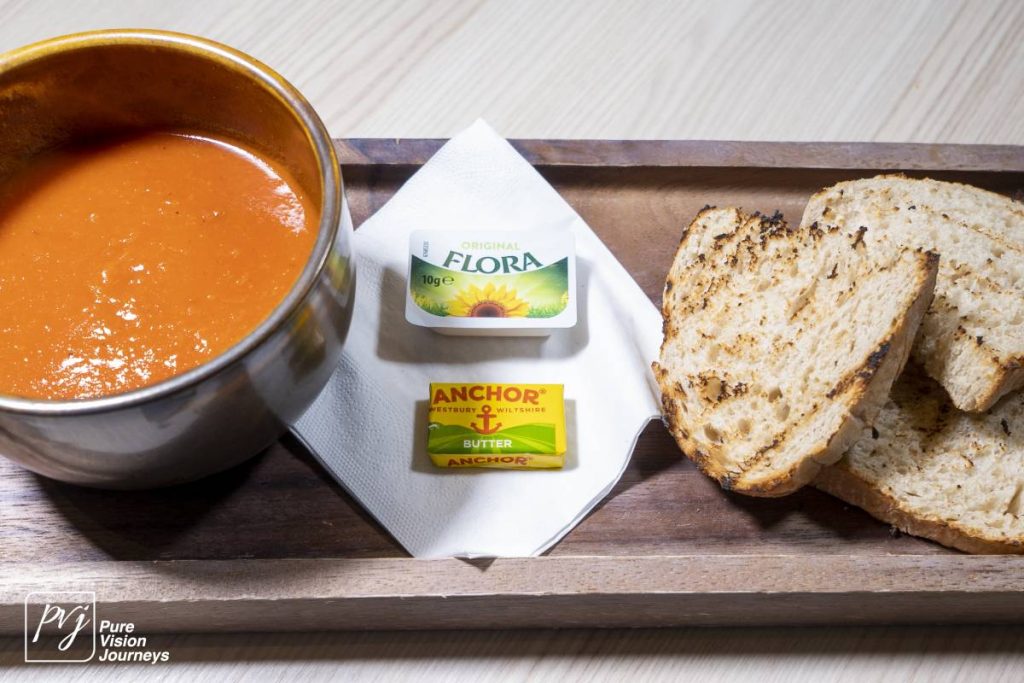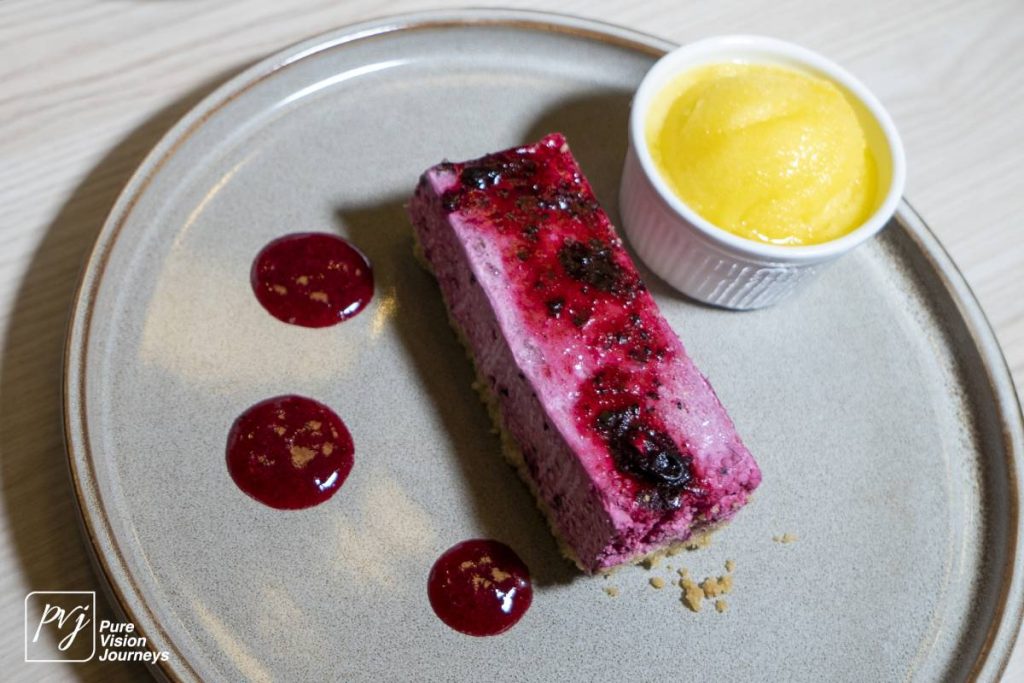Danube Home launches its all-new kids’ furniture collection that focuses on creating a Happy Space at home for infants, toddlers, tweens, and teenagers…reports Asian Lite News
Every parent wants to give the best life can offer to their kids, but growing minds also need a space of their own to hone their skills, to get a peaceful well-rested lay, while also serving their educational and play needs. Keeping this in mind, Danube Home has launched its all-new kids’ furniture collection that focuses on creating a Happy Space at home for infants, toddlers, tweens, and teenagers.
Every single item in this collection truly captures the spirit of childhood. Every child is different in the way they learn, play, and grow. Danube Home’s all-new kid’s collection embodies this thought process which is why each piece is thoughtfully crafted to seamlessly grow with the child, straight from infancy to their blooming teenage. The collection comprises everything a mom would envision in her motherhood journey, such as nursery cribs, cots, nightstands, bunk beds, study desks, tables, bean bags, and comforter sets.
The Expect the Unexpected collection revolves around a child’s journey from an infant to teenagehood, where anything and everything is uncharted territory. Their new ELIT collection features a convertible nursery range-furniture that grows with the child’s age, from newborn to toddler to kids up to 9yrs of age, nursery day bed with storage, and built-in LED nightlight inspired from the fantasy world of a child.
ALSO READ: Danube Home launches new garden theme catalogue
While the process of pregnancy and childbirth can be overwhelming, Danube Home is here to support mothers with their new range of maternity pillows that provide comfort during the pregnancy and after.
“Today’s millennial parents and children have varied demands and requirements, the ideation of a fully functional collection took birth while I was looking for furniture for my two toddlers and one infant. Our collection’s main aim is to provide a welcoming and nurturing space for children of all age groups to play, grow and learn. I’m sure our transitional furniture collection is something a growing family in the region will love to use” Quoted Adel Sajan Group Managing Director Danube Group.
SAYED HABIB, DIRECTOR, DANUBE HOME AND ECOMMERCE: ” The expectation of parents have increased in terms of what they want in their home and children these days have a mind of their own when it comes to how they want their room to look. Keeping this in mind, the EXPECT THE UNEXPECTED collection meets both these demands. Colour schemes like ivory, grey, muted coral, sky blues, and pinks are aesthetically pleasing and appeal to both parents and children. In addition, we have paid close attention to the quality and durability as we believe these pieces are an investment that will pay off for many years to come.
ALSO READ: Danube Unveils Skyz Tower
With a wide variety of sub-collections like Masal Gen C, Piedra, Retro, Elit, and Golden, Danube Home has hit a home run with this cleverly designed line. This collection also features a wide range of soft furnishing products like comforter sets, cushions, bean bags, curtains, and more in fun and quirky prints.
Danube Home has launched this collection in their flagship store in Al Barsha, but the brand aims to have this collection across all their stores and franchise outlets in no time.




